Ruth’s Blog: Don’t take the ‘write’ out of Read Write Inc. Phonics

I wrote Read Write Inc. Phonics to teach reading and writing. I wove the teaching of reading and writing together into one programme: each reading activity supports the next, each writing activity builds upon the one before. The reading and writing activities intertwine to make Read Write Inc. greater than the sum of its parts. In Read Write Inc. schools, teachers teach their […]
Ruth’s Blog: Headteachers who book Development Days are ahead of the game

My obsession with the teaching of reading grew out of failure. In the 1980s, I switched to a reading method that backfired. Never again. Over the next 10 years, my obsession intensified: I wanted to find the quickest way to teach children to read and write, and to show that children from Tower Hamlets could […]
Guest Blog: Speech sounds – when to be concerned
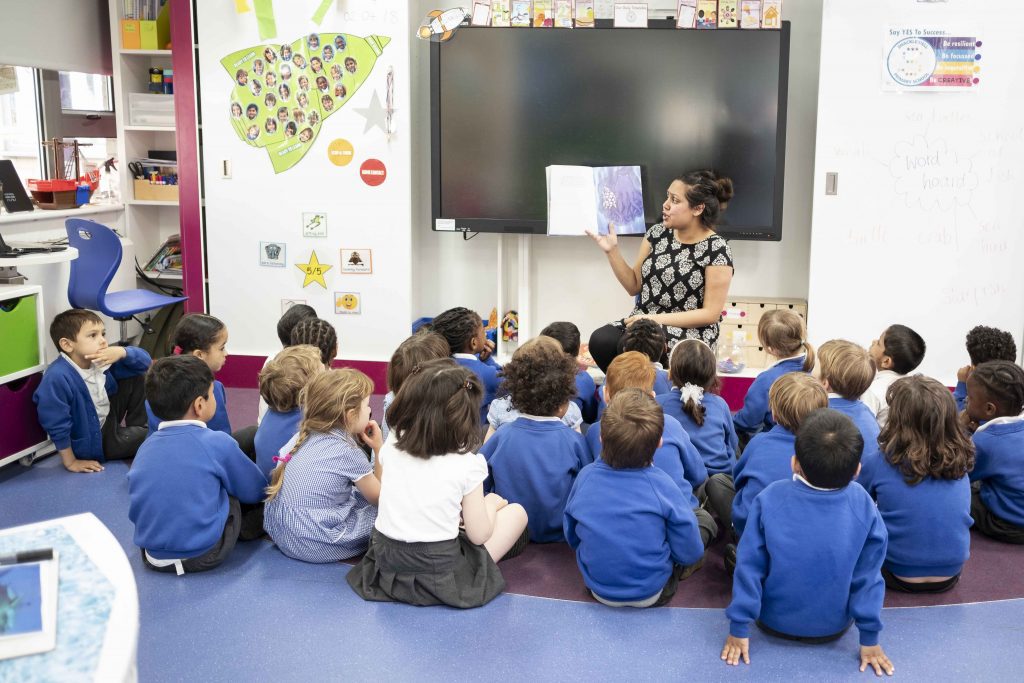
By Nicola Grove, Honorary Senior Lecturer at University of Kent and Sarah Barnett, Independent Speech and Language Therapist in Somerset We express our ideas to each other through speech. It’s a complex process that takes time. Children develop their ability to articulate sounds and coordinate sequences of sounds into longer words until they are over […]
Ruth’s Blog: Show parents what Reception children can do
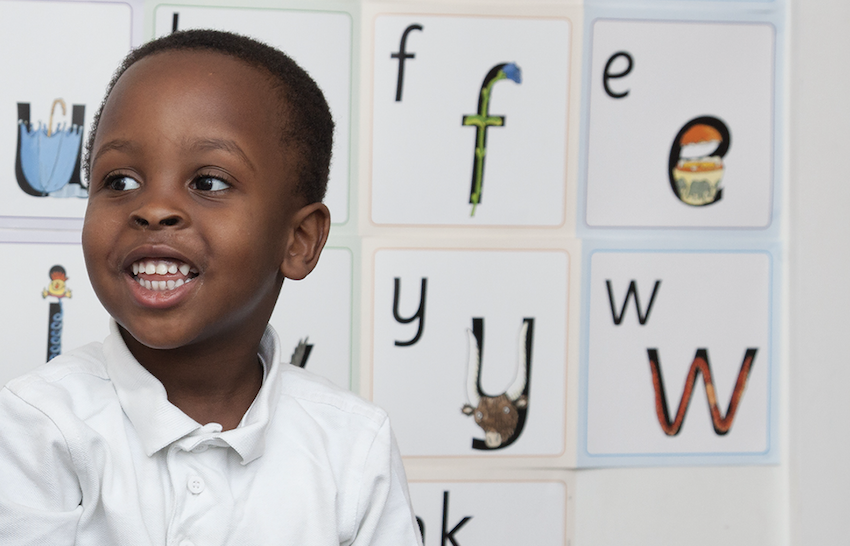
Few books at home, no magnetic letters on the fridge? Win parents’ support from the very beginning. Show off what their children know in a short parents’ assembly every week. Read a story aloud that your children can join in with. Do a mini-speed-sounds lesson so children can show off the sounds they’ve learnt. Play […]
Ruth’s Blog: Don’t confuse grouping with setting
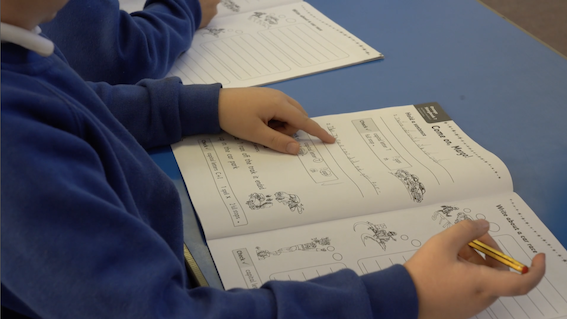
I had to pass Grade 4 to join the school orchestra. Three years of lessons and practice – just to scrape into the second violins. It was worth it though. Working with better players raised my game. Music lessons are graded so children learn incrementally. Joining an orchestra would be terrifying if you couldn’t play […]
Ruth’s Blog: Wired to thrive on repetition
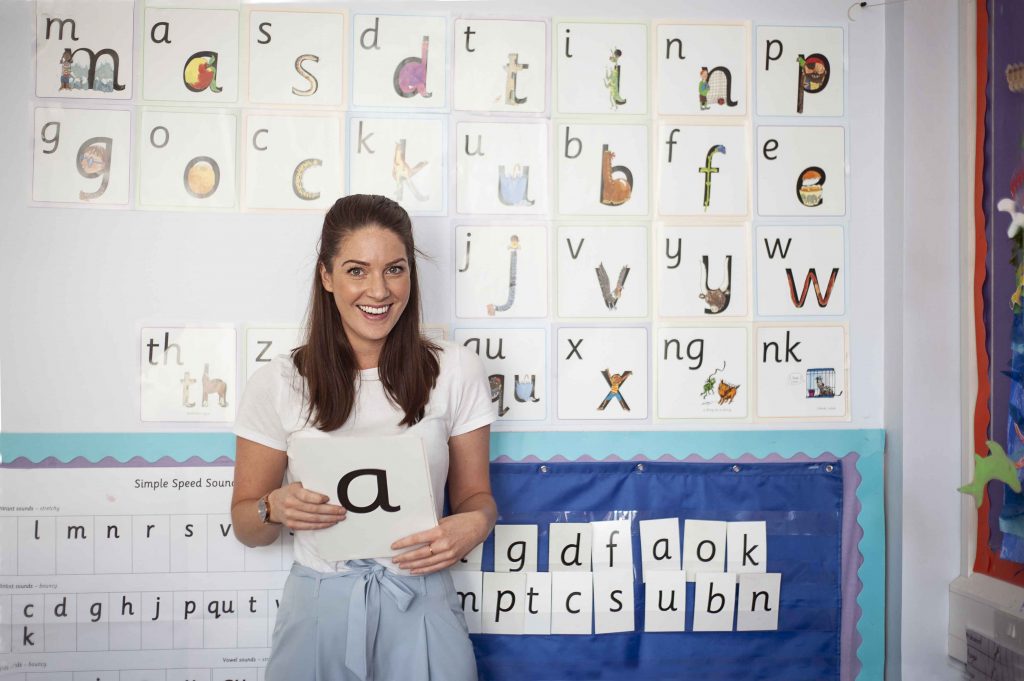
It’s not the number of books you’ve got that matters, it’s how much you love them that counts. Young children are wired to thrive on repetition. They beg for their favourite stories and poems. “Please read Room on the Broom. Do your funny voices. Please, please, please!” The more you hold back, the more they beg. […]
Ruth’s Blog: ‘Again, again!’ Why reading to your child every day is a predictor of later reading comprehension

Did you know that being read to is the most powerful predictor of your child’s future reading comprehension? By reading aloud a story to your child every day, you are fusing the act of reading with comfort and love: when you love a book, your child will want to hear it again and again. Children are wired to thrive […]
Ruth’s Blog: Recycle your carpets – 6 good reasons to disband ‘carpet’ areas in Key Stage 2
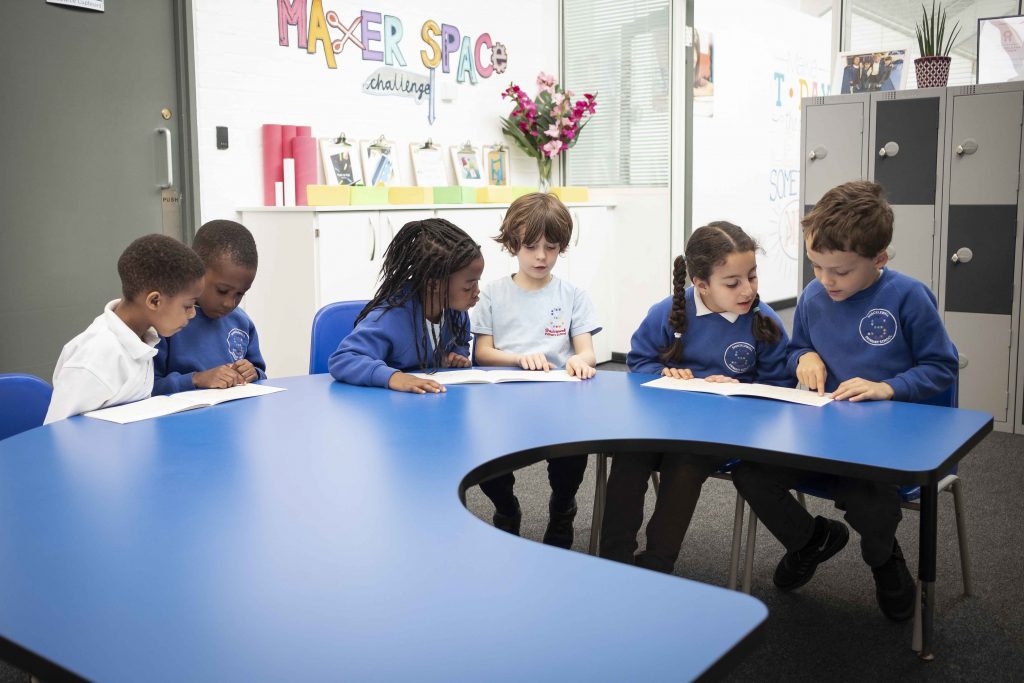
For children from Nursery to Year 2, carpet time helps the teacher bring children together. Teachers read stories, set their expectations for behaviour and teach from the carpet. By Year 3, I urge you to rethink. Here’s why. 1. Carpet sessions promote poor discussion. The teacher and supporting adults can only listen and respond to children sitting […]
Ruth’s Blog: Teaching Comprehension Strategies Alert

You wouldn’t teach children to dance by telling them what dancers do. A whole research industry continues to grow to monitor the effect of “comprehension strategies” or “reading skills” to help children understand what they are reading. So, what are these comprehension strategies? We hear about monitoring comprehension, making inferences, active listening, graphic organisers, mental […]
Ruth’s Blog: Some joined up thinking about dyslexic children and joined up writing

Reception teachers show huge relief when I point out that Ofsted doesn’t require them to teach cursive writing. But then they say ‘Isn’t it good for dyslexic children?’ When I ask them how their weakest readers (i.e. potentially dyslexic children) are coping with cursive writing, they always say: Boys, in particular, find it massively harder than printing. […]
